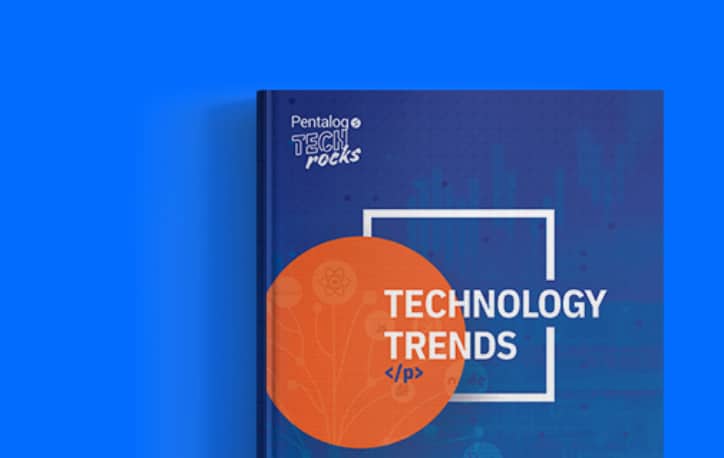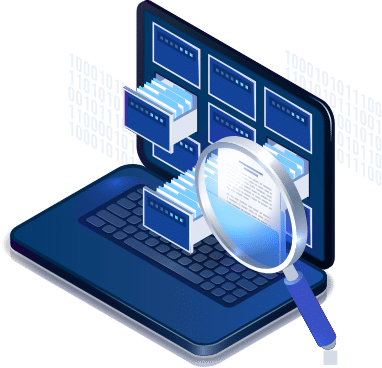Poor Record Linkage & Poor Results
Anyone working in education understands that student achievement is not linear. Many factors come into play from strong study habits and effective teaching to a supportive home environment. Efficient and consistent efforts lead to good grades.
In a similar sense, data quality follows the same rules. This stems from one of the oldest principles in computer technology, GIGO – garbage in, garbage out. While this principle holds steady in data quality, fortunately, there are ways to repair or make sense of this data. This is becoming increasingly important as Data-Driven Decision Making (DDDM) drives a lot of data usage in the education industry.
Data-driven decision-making uses student assessment data and relevant supporting information to make decisions related to planning and implementing strategies at the district, school, classroom, and individual student levels.
It is critical to understand the value of data quality tools since they are fundamental in evaluating a data quality program for schools. What do these data quality tools do for schools?



Typical results for record linkage within SLDS and similar systems are about 90 percent. What are some of the shortcomings of a typical record linkage program?

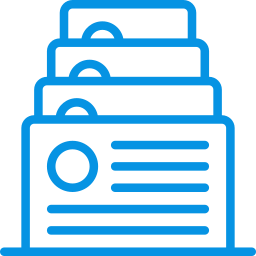
Superficial drilling into lower-level data (such as county, and city information).
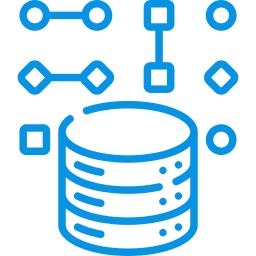
Matching algorithms are done ad hoc.
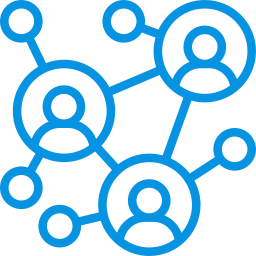
Matching is not up to par when it comes to client-view similarity.
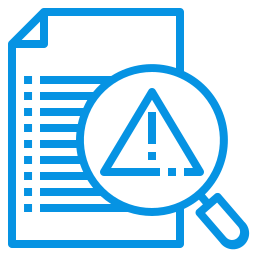
False matches are typically ignored.
Special Needs for the Education Industry
Effective record linkage tools can improve reporting within SLDS systems, and bring together disparate data such as:



In one assessment focusing on intra/interstate post-high school and college attendance records, records linked with DataMatch Enterprise showed a 38.3% match as opposed to 35.3% used by a regular tool. It resulted in 10% more matches!


Data Ladder’s work at the state level exceeds the industry standard. While the normal data linkage rate is 90%, our average record linkage is at about 97%.
The effects of improved match accuracy are numerous, especially when comparing schools in two cities. A small improvement can make a difference in everything from property values to policy-making in those areas.
In one state with a record linkage program in place, a sample was done evaluating the number of students in one year who attended post-secondary education in a specific city. With the old existing program, the sample found that 22% of the 5,344 students in that city had gone on to higher education. After using our record linkage software, that number went up to nearly 41%; nearly double in comparison to the first figure. Creating a seamless integrated system will take the joint efforts of many to make it happen.
Current evaluation systems are limited to how teachers and students receive feedback. With a data-driven approach, it is possible to improve learning environments in real time and provide accurate assessments to improve a student’s chances for success, both in school and after graduation. By increasing the matching accuracy of the data available, it becomes much more useful while at the same time, decision-making improves.

Administrators of an SLDS or P-20 program need to understand some best practices when evaluating a match accuracy improvement program:












































